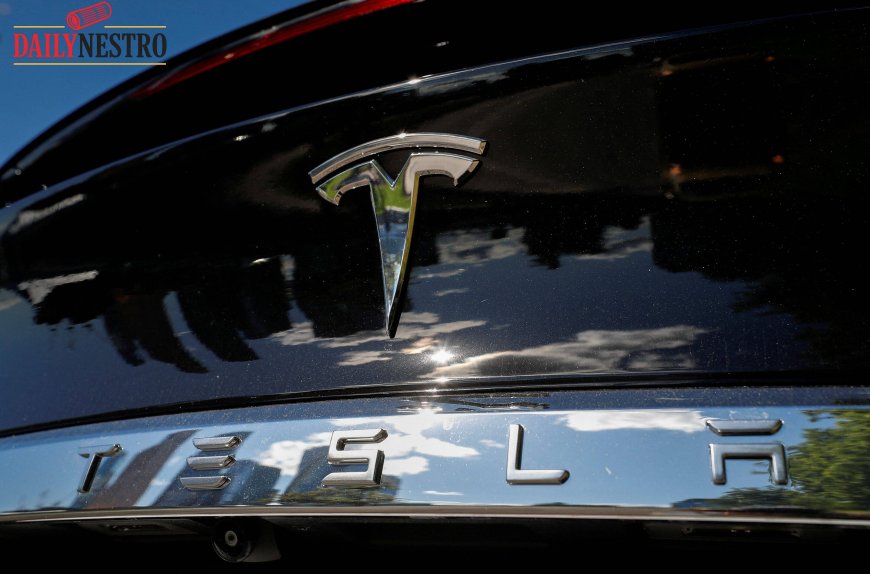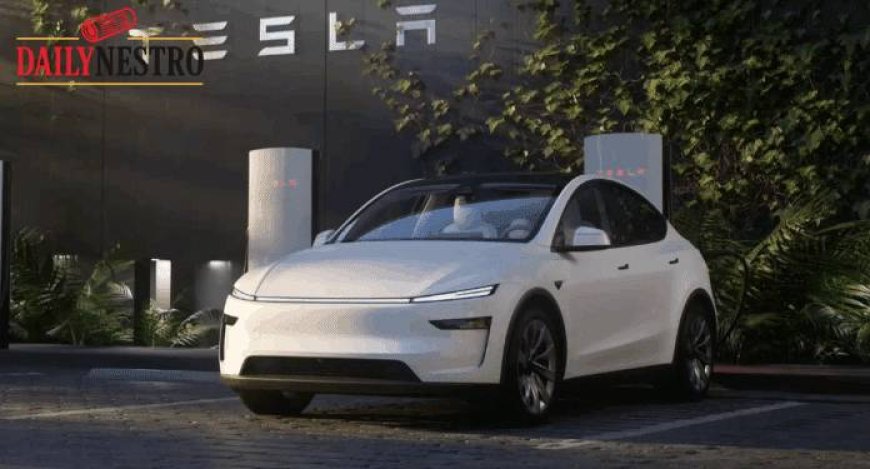Tesla’s Profit Miss Sends Shockwaves Through the U.S. EV Market: Is America’s Electric Dream Losing Charge?
Tesla’s latest earnings miss highlights margin pressures across the U.S. electric-vehicle market as tariffs rise and regulatory credits shrink, sparking investor concern.

A Profit Warning That Rattled Wall Street
Tesla’s latest quarterly earnings have left investors uneasy and analysts revising forecasts. The U.S. electric-vehicle (EV) leader reported another profit shortfall, its fourth consecutive miss amid shrinking margins, rising tariffs, and declining revenue from regulatory credits.
Tesla’s shares dropped 3 percent in pre-market trading after the company announced a noticeable slide in operating income despite record deliveries. Revenue from regulatory credits, once a reliable profit booster, fell by nearly 40 percent year-on-year.
Margins Under Pressure
Tesla’s global growth has come at a steep cost. The company reported that input costs for batteries and logistics remain high, and U.S.-China tariff policies added over $400 million in extra expenses this quarter alone.
While total deliveries hit an all-time high, average selling prices declined as Tesla continued to cut sticker prices to protect market share from aggressive competitors such as Rivian, Lucid Motors, and BYD’s U.S. expansion.

The Wider EV Market Feels the Ripple
Tesla’s results are often seen as a proxy for the broader American EV industry. Following the announcement, other electric-vehicle stocks also dipped, including Rivian (-2.1%), Lucid (-1.7%), and battery supplier QuantumScape (-2.4%), as traders braced for slower growth projections.
Analysts warn that this could mark a turning point: the U.S. EV sector is maturing, and investors are demanding profitability instead of unrestrained expansion.
A report by Goldman Sachs earlier this month emphasized that “the EV race is shifting from market-share capture to cost leadership,” with manufacturers under pressure to prove sustainable margins.
Policy and Trade Headwinds
Trade policy remains a thorn. The Biden administration’s tariff expansion on key Chinese components, including lithium-ion batteries, increased Tesla’s sourcing costs. The company’s Texas Gigafactory is reportedly seeking new local suppliers to mitigate risk.
Meanwhile, U.S. incentives under the Inflation Reduction Act are tapering, meaning automakers will no longer rely as heavily on credits to maintain stable profits.
Investor Sentiment: From Growth to Profitability
Despite the short-term setback, Tesla remains profitable overall and continues to dominate the global EV space. But investors are shifting expectations. Many now see sustainable profit margins, not production numbers, as the next benchmark of success.
According to Business Insider (Oct 2025), Tesla’s profit miss has already triggered a 2 percent dip in the NASDAQ Auto Index, reflecting market-wide anxiety.
From Volume to Value
America's larger electric transition can now be reflected in Tesla's story, which is audacious, inventive, and undergoing growth pains. As federal incentives fade and tariffs rise, the U.S. EV market must stand on operational efficiency and brand loyalty, not subsidies.
Tesla will continue to be the gold standard if it can balance margins without sacrificing innovation. However, if costs continue to rise faster than deliveries, the company could face its most difficult recalibration since its 2018 production crisis.
The electric dream is still alive and well, but it's getting more costly.

Sources:







